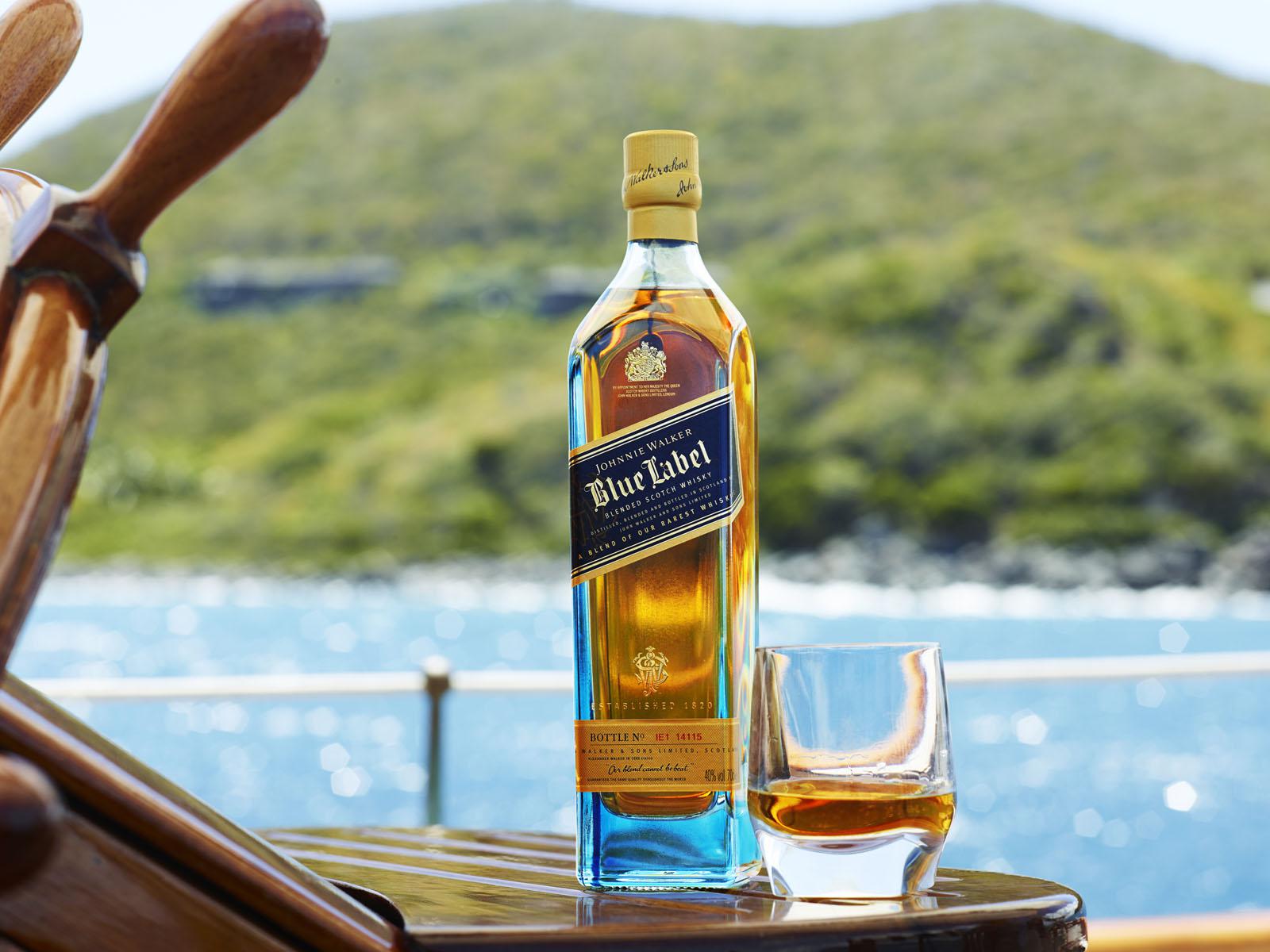A shot of Scotch whisky history
- Written by NewsCo

The history of Scotch whisky is almost as rich as the drink itself. Scotch has been distilled and distributed from Scotland to the world for over 500 years and is still the benchmark for fine liquor. To make Scotch whisky, distillers have to adhere to specific guidelines just to be able to call it “Scotch”
Whether you like the smoky nose of Lagavulin, the classic grain and fruitiness of The Balvenie or the unmistakable smoothness of Johnnie Walker Blue Label, let’s take a look at the history of Scotch whisky and why it’s such a beloved drink around the world.
Scotch whisky: a brief history
The term “Scotch” whisky was first written at the end of the 15th century. A Scottish tax worker noted the eight “bolls” of malt that Friar John Cor had used to make “aqua vitae”, or the “water of life”. Smuggling Scotch then became a popular hobby until Scottish Parliament began regulating it some 150 years later.
When the Exercise Act was enacted in 1823, people were issued with sanctioned licences to distill and distribute whisky. This soon gave rise to different varieties of whisky being made, switching from malt to grain versions. The grain versions produced a lighter flavour and were more accessible to a wider market. However, there were disagreements about the right way to distill Scottish whisky. Ingredients were either distilled using large industrial patents stills or in copper pot stills, further creating different flavours and fueling the debate.
A Royal Commission in 1909 defined what exactly Scotch Whisky was and how it should be produced. The Royal Commision concluded that Scotch whisky can be distilled both with copper stills and industrial patents. This Royal Commission eventually gave rise to further requirements and rules regarding the production of Scotch whisky.
Different types of Scotch whisky
There are five different types of Scotch whisky, these include:
-
Single malt: A Scotch whisky produced from 100% malted barley. It is produced using a single distillery.
-
Single grain: Produced in the one distillery and made from any combination of unmalted cereals whisky and malted barley.
-
Blended Scotch: A blend of malt and grain whisky varieties. The proportions vary from producer to producer, but the malt is generally around 25%.
-
Blended malt: A blend of multiple single malt whiskies made from multiple distilleries.
-
Blended grain: A blend of multiple single grain whiskeys from various distilleries.
The main regions of Scotch production
There are five main regions of Scotland renowned for producing Scotch. Each region produces Scotch differently and carries different features adding to the uniqueness of their drops.
These regions include:
-
Campbelltown: These full-flavoured whisky boasts flavours of fruit, toffee, smoke, salt and vanilla.
-
Highland: This is a wide and varied range including salty coastal malts and lighter whiskies.
-
Islay: Islay is renowned for its strong, fiery and well-peated whiskies.
-
Lowlands: Smooth and soft malted whiskies with notes of ginger, toffee, toast, cinnamon and cream.
-
Speyside: The River Spey and surrounding region plays host to a whisky with peat and strong fruitiness. Vanilla, spice, honey, apple and pear are all important to the region’s expressions.
Scotch whisky in Australia
Although they cannot be technically named “Scotch” whisky (having not been made in Scotland), Australia does produce a great range of whiskies that have their unique characteristics and flavour profiles. There are over 120 listed distilleries in Australia, with a quarter of them in Tasmania. Big name whisky producers in Australia include Sullivan’s Cove, Starward Solera and Shene Distilleries.











